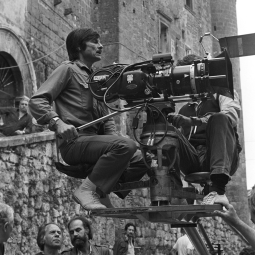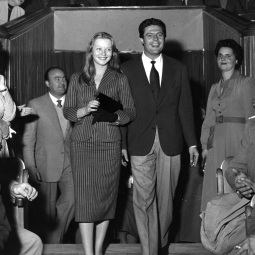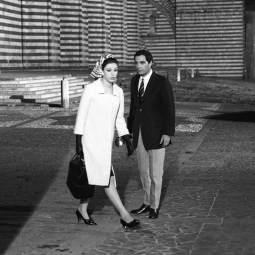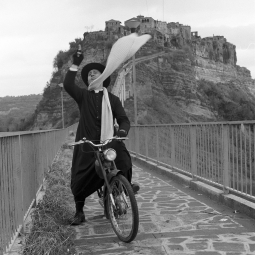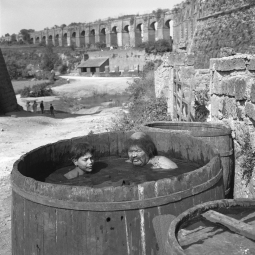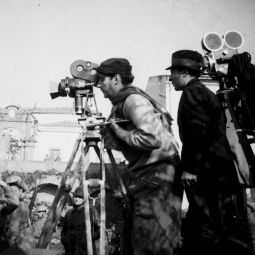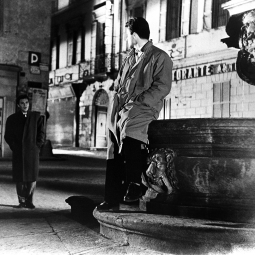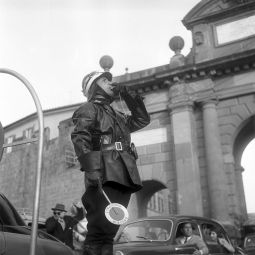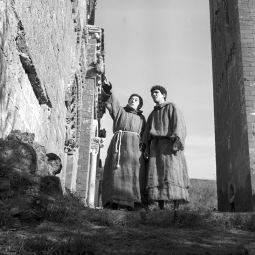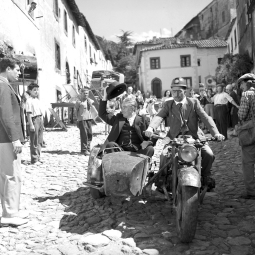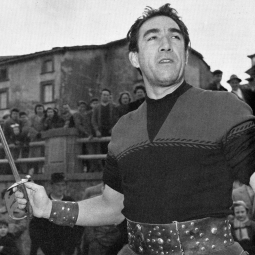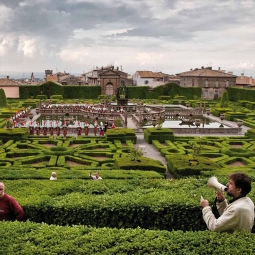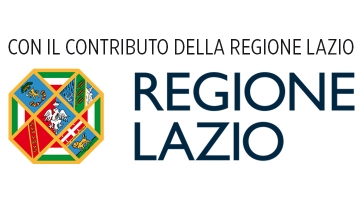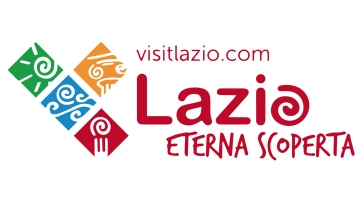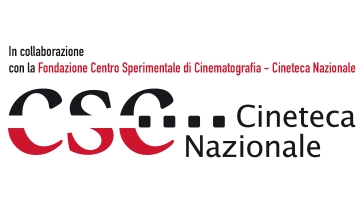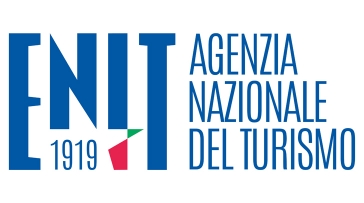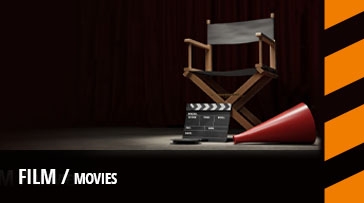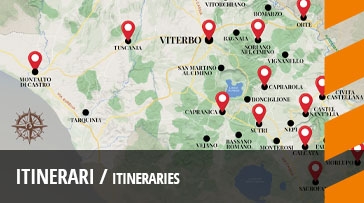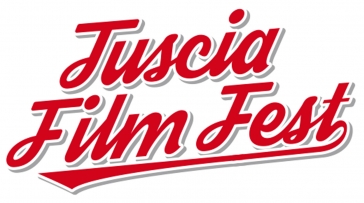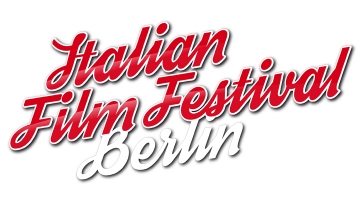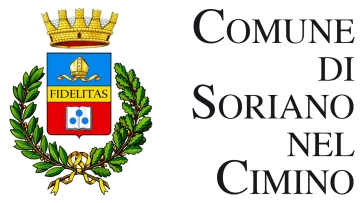Viterbo and the cinema. Fellini, Welles, Monicelli, Sorrentino and...
Viterbo and the cinema. Fellini, Welles, Monicelli, Sorrentino and...
Viterbo e il cinema. Fellini, Welles, Monicelli, Sorrentino e…
Itineraries
Bagnoregio and Civita
Over the years, Bagnoregio and Civita di Bagnoregio have often been chosen as a film set.
Thanks to Fellini and his director of production Luigi Giacosi (who was born here) La strada (1954), Fellini's masterpiece which won the Silver Lion at the 15th edition (1954) of the Venice Film Festival and the Academy Award as best foreign film in 1956,...
I Vitelloni and other stories
During his long career, Federico Fellini often chose Tuscia as a filming location. His first movie, Variety Lights (1950) - that he directed together with Alberto Lattuada - was partially filmed in Capranica.
His third movie, I Vitelloni (1953) - which managed to revive the careers, until then unsuccessful, of both the director and the actor...
Historic locations
Villa Lante in Bagnaia (Viterbo) and Palazzo or Villa Farnese in Caprarola (both built in the 16th century), Forte Sangallo in Civita Castellana and the Ruspoli Castle in Vignanello (respectively built at the end of the 15th and 16th century) are some of the most beautiful and sought-after locations in Tuscia.
Among them, Palazzo Farnese -...
Brancaleone's land
Between August and September 1957, Mario Monicelli set most of the exterior scenes of Il medico e lo stregone in four locations in Tuscia: San Martino al Cimino, Valentano (the sequences of city life were filmed on the streets of these two towns), Grotte Santo Stefano (the entire sequence of the meeting between Marisa Merlini and her previous...
Pier Paolo Pasolini in Tuscia
In the summer of 1963, Pasolini directed The Gospel According to St. Matthew (1964), a film on the life of Christ based on the Gospel of Matthew.After a visit to Palestine, which Pasolini judged unsuitable for filming, the film director chose a series of locations in southern Italy (Matera, Barile, Crotone and other areas of Basilicata, Calabria...
Viterbo
Since the first decades of the 1900s, Viterbo has been the ideal location for cinematographic productions.
Over time, numerous film directors have chosen Viterbo: from the pioneer of silent movies Silvio Laurenti Rosa - born in Viterbo – who shot here some sequences of his anti-communist melodrama Katiuscia (1923), to the actor and film director...






